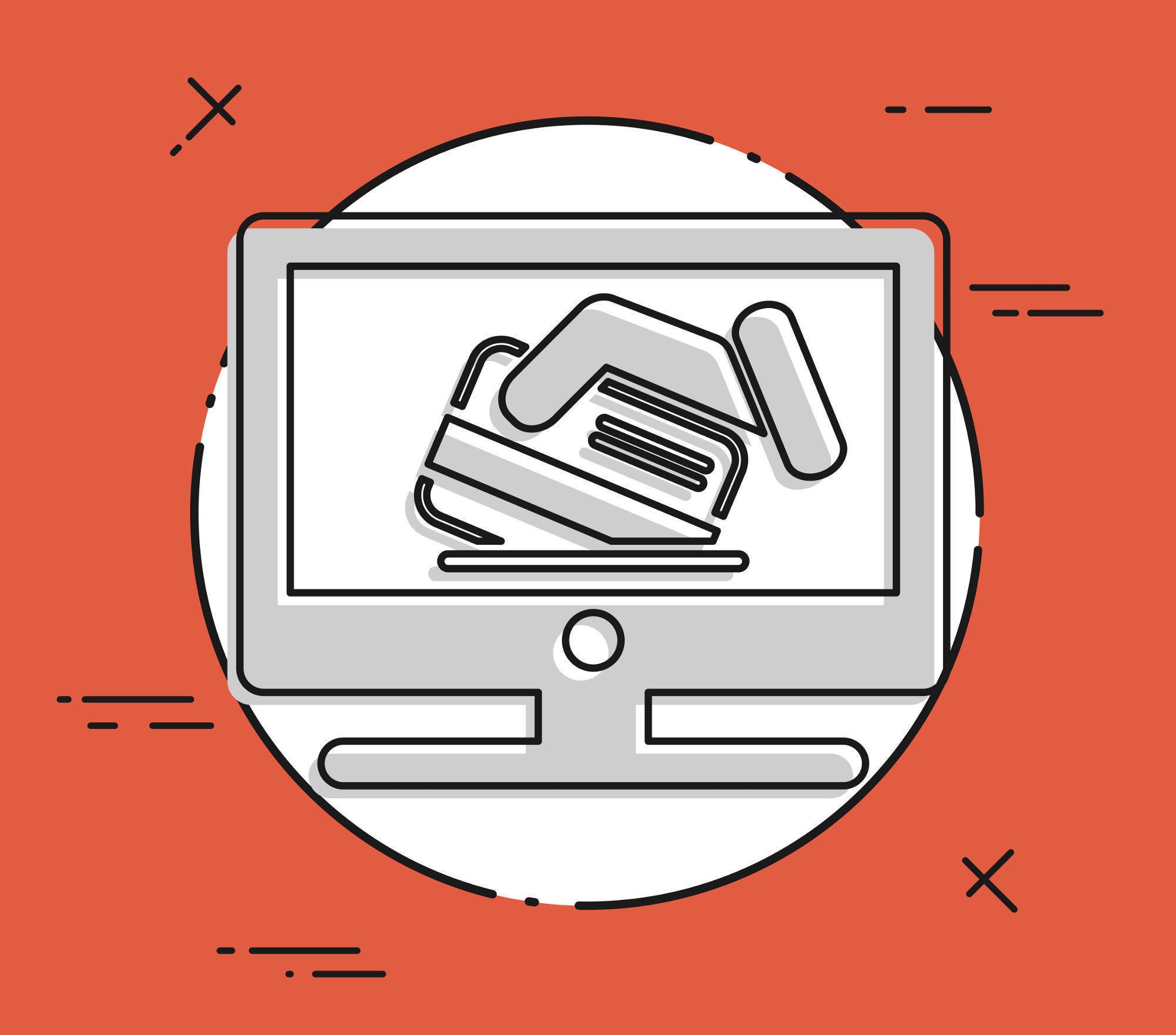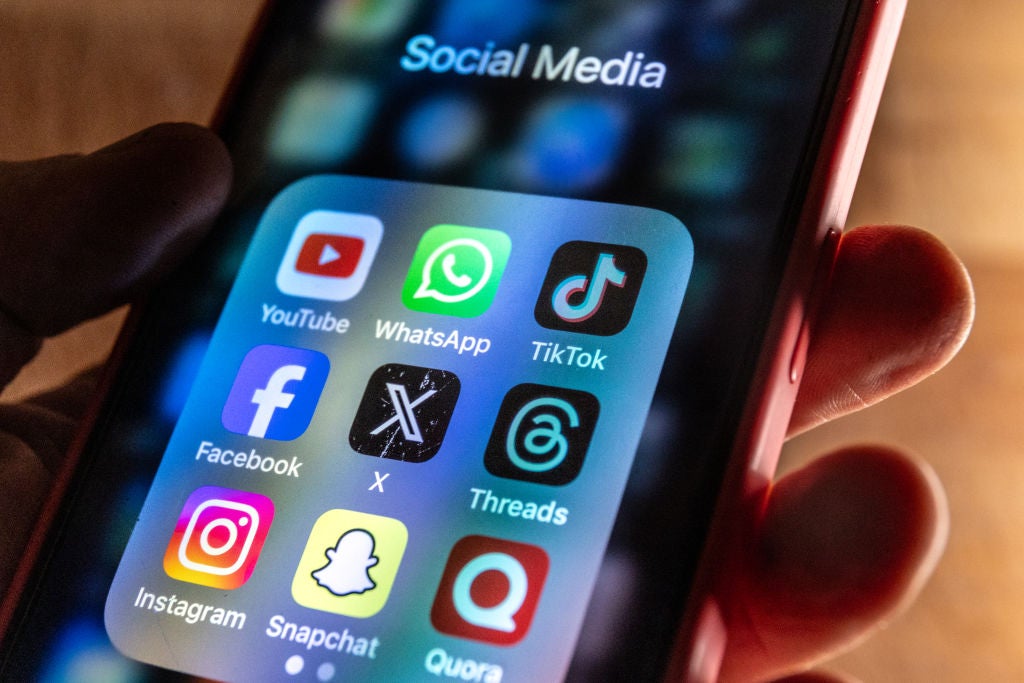
Cord-cutting — ditching your TV subscription for online services — is gaining momentum, especially in the US and for pay-TV operators the two options are becoming increasingly clear: adapt or die.
In the US pay-TV cable and satellite providers lost around 800,000 subscribers in the first quarter of 2017, the single highest quarterly loss to date.
This massive decline coincides with the steady migration to the likes of Netflix, Amazon, Hulu, YouTube and other over-the-top (OTT) services.
Cord-cutting is expected to continue at a steady, if not accelerated pace in the US market, and will gain increasing momentum in other regions, while Netflix et al will continue to pick up the slack.
Is pay-TV as we know it already dead?
No. At least not for for providers that adapt to the New Video World Order.
In fact, the trend of OTT providers and services replacing traditional linear broadcast TV (meaning the established line-up of dedicated channels) may be beneficial to some pay-TV operators.
How well do you really know your competitors?
Access the most comprehensive Company Profiles on the market, powered by GlobalData. Save hours of research. Gain competitive edge.

Thank you!
Your download email will arrive shortly
Not ready to buy yet? Download a free sample
We are confident about the unique quality of our Company Profiles. However, we want you to make the most beneficial decision for your business, so we offer a free sample that you can download by submitting the below form
By GlobalDataAs content costs continue to escalate, pay-TV operators have been passing along these costs to their customers.
This drives customer dissatisfaction, and has resulted in cord-cutting or cord-shaving (where the consumer eliminates expensive channel packages).
Yet, for cable and telco operators offering multiple services (TV, broadband, and voice), as customers drop their TV services, the operator can charge more for broadband.
Since broadband is generally a higher margin service, revenues may decline (due to pay-TV service losses) but profits will rise.
At the same time, pay-TV operators will adapt and even embrace to the app-based, anytime, anywhere approach to content delivery that has driven OTT video success.
Five years ago, this might have seemed like an absurd suggestion.
But within the past few years, a dramatic change has taken place. Now, Comcast is not only on friendly terms with Netflix, but has partnered with it and integrated Netflix as a virtual channel into its Xfinity platform.
YouTube integration is also coming in the near-term.
Even satellite TV operators, with no broadband networks of their own, can get into the act, with their own content.
This is already happening with AT&T’s DirectTV Now service, which has garnered far more customers than expected in its first few quarters of availability and (while not as successful) DISH Network’s SlingTV service.






Related Company Profiles
Netflix Inc
Amazon.com Inc
DISH Network Corp
Comcast Corp